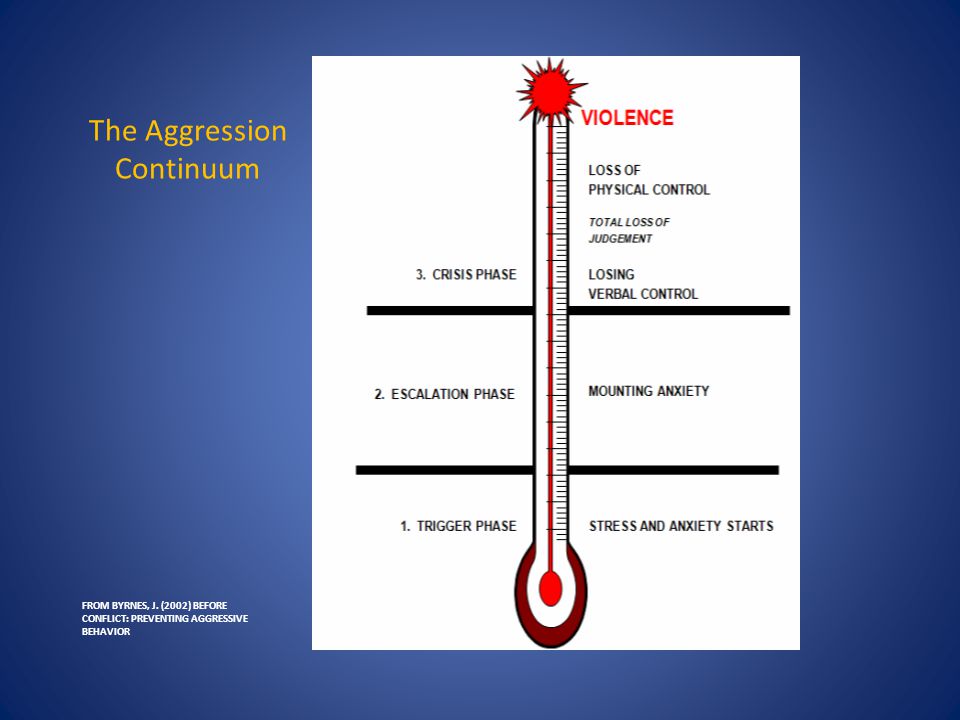
Navigating Conflict
Conflict is a normal part of life. It occurs when people perceive that, because of a disagreement, there is a threat to their needs, interests or concerns. Because of this, conflict is often viewed as a negative experience. Exploring different points of view can be beneficial, providing opportunities for growth and development. The negativity arises when the individuals involved in the conflict perceive limited options and finite resources available in seeking solutions, rather than multiple possibilities that may exist 'outside the box'
Several models exist that focus on enhancing peaceful and constructive communication. The PALMS model for example, emphasizes non-confrontational communication through positioning, attitude, looking and listening, making space, and stance. The 7 C's of communication provide a checklist for clear, concise, concrete, correct, coherent, complete, and courteous communication. Nonviolent communication (NVC) focuses on four steps: observing without judgment, expressing feelings, communicating needs, and requesting action.
Models relating to handling to communication and conflict
Here's a more detailed look at some of these models.
- Position: Avoid blocking exits or standing too close to create a sense of safety and openness.
- Attitude: Maintain a positive and helpful attitude to ease tensions and encourage dialogue.
- Look and Listen: Actively listen to both verbal and nonverbal cues to understand the other person's perspective.
- Make Space: Provide physical space to avoid intimidation and encourage relaxed interaction.
- Stance: Use a relaxed, slightly angled posture to signal openness and approachability.
- Clear: Ensure your message is easily understood.
- Concise: Be brief and to the point.
- Concrete: Use specific details and examples.
- Correct: Ensure accuracy in your facts and language.
- Coherent: Make sure your message is logical and flows well.
- Complete: Provide all necessary information.
- Courteous: Be respectful and mindful of the other person's feelings.
- Observe without Judgment: Describe the situation factually without labelling or evaluating.
- Express Feelings: Identify and express your emotions honestly and openly.
- Communicate Needs: State the needs underlying your feelings.
- Request Action: Make a specific, actionable request to meet your needs.
- Active Listening: Pay close attention, ask clarifying questions, and summarize to ensure understanding.
- Empathy: Try to understand the other person's perspective and feelings.
- Choose a good time and place: Select a neutral location and wait until tempers have cooled down before addressing conflict.
- Focus on the problem, not the person: Frame the conflict as a problem to be solved together.
- Brainstorm solutions: Generate a range of potential solutions together.
- Choose a solution that works for both parties: Ensure the solution meets the needs of all involved.

Recognising escalating aggression
Dr. John D. Byrnes (Centre for Aggression Management) designed the model shown in the figure on the right and named it The Aggression Continuum TM. The diagram shows how aggression may escalate in an individual until it reaches the stage of violence. It serves to illustrate that aggression has its roots in anxiety and stress and the continuation of an individual’s progress up the continuum happens when no intervention is made to reduce or eliminate the said anxiety or stress.
This intervention should happen as early in the escalation process as possible. Certainly most, if not all university staff, would either manage the conflict (or potential conflict) by using verbal de-escalation techniques and not enter any kind of physical resistance situation. Anyone who is required to actively deal with any kind of physical resistance would require specialised training for our university; this is our security colleagues.
This diagram also supports the notion that there may be times when a person does not conform to the continuum. This may be when an external factor (such as being under the influence of alcohol or drugs for example) has already pushed the individual into the crisis phase (e.g. alcohol impairs one’s judgment).
The real value of this information is to emphasize that if you recognise that the person you are dealing with has entered the crisis phase of aggression, you need to react in an appropriate way.
Remember your own personal safety is paramount.
The following table describes some of the warning signs that might tell you that a person is becoming angry and the danger signs that will indicate that they are readying themselves for the possibility of physical contact.
|
Warning Signs |
Danger Signs |
|
|


/prod01/wlvacuk/media/departments/digital-content-and-communications/submitted-news-images/Smelting-knife.png)
/prod01/wlvacuk/media/departments/digital-content-and-communications/images-2024/250630-SciFest-1-group-photo-resized-800x450.png)
/prod01/wlvacuk/media/departments/digital-content-and-communications/submitted-news-images/Way-youth-zone-August.JPG)
/prod01/wlvacuk/media/departments/digital-content-and-communications/images-2024/Arthi-Arunasalam-teaser.jpg)
/prod01/wlvacuk/media/departments/digital-content-and-communications/submitted-news-images/Muslim-woman-playing-football.jpg)
/prod01/wlvacuk/media/departments/digital-content-and-communications/submitted-news-images/Business-School-800x450.jpg)
/prod01/wlvacuk/media/departments/digital-content-and-communications/submitted-news-images/University-of-the-Year.jpg)
